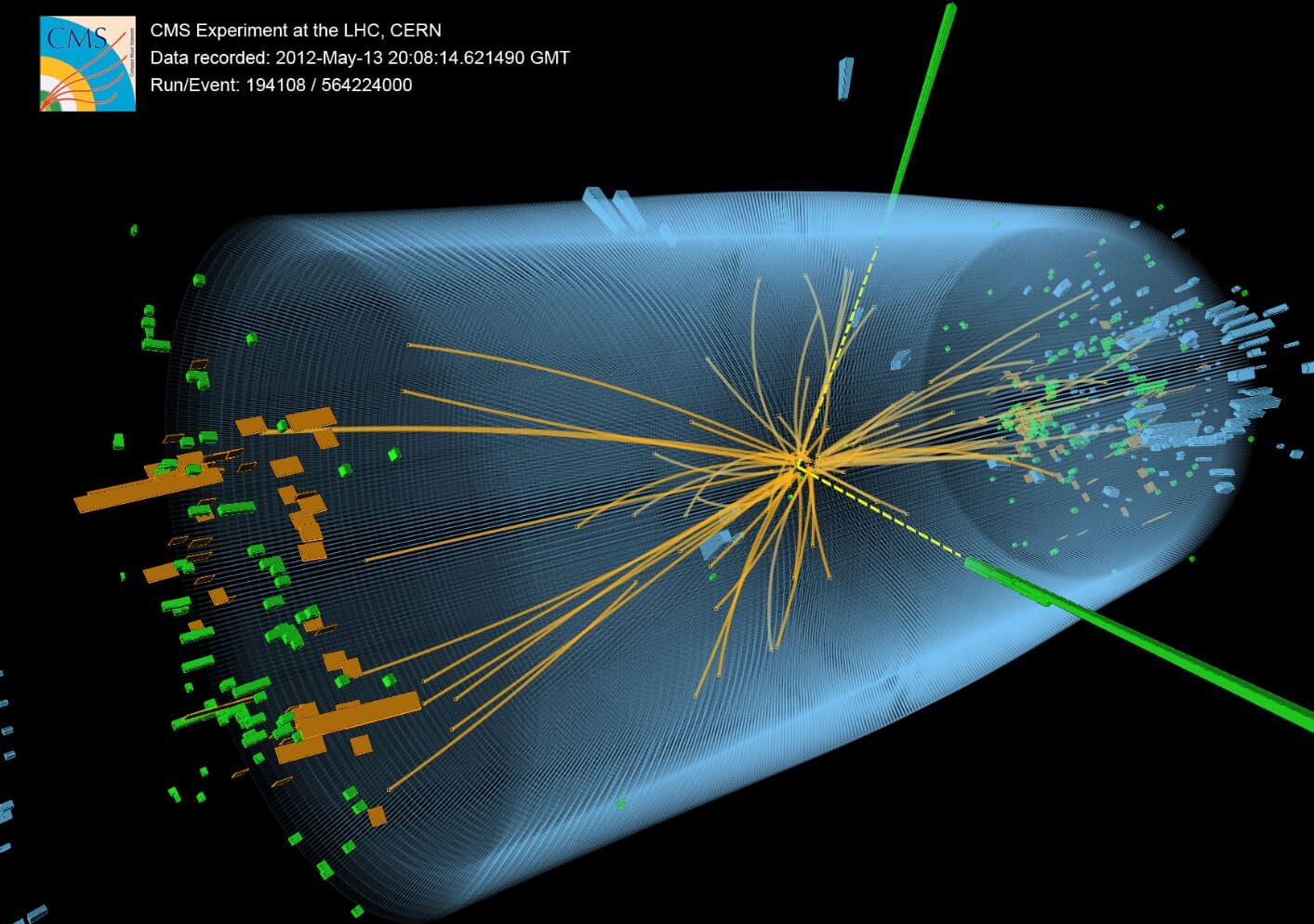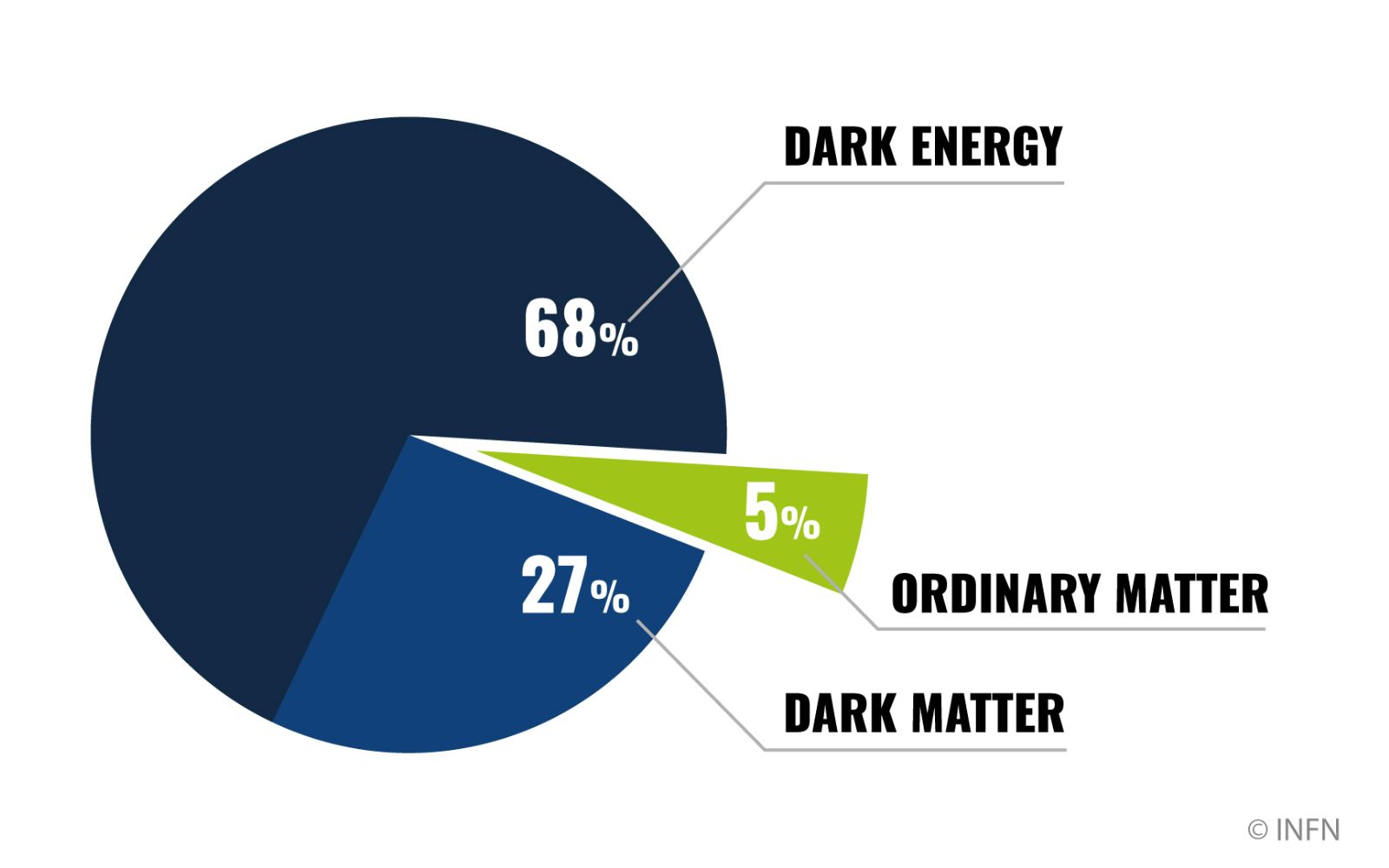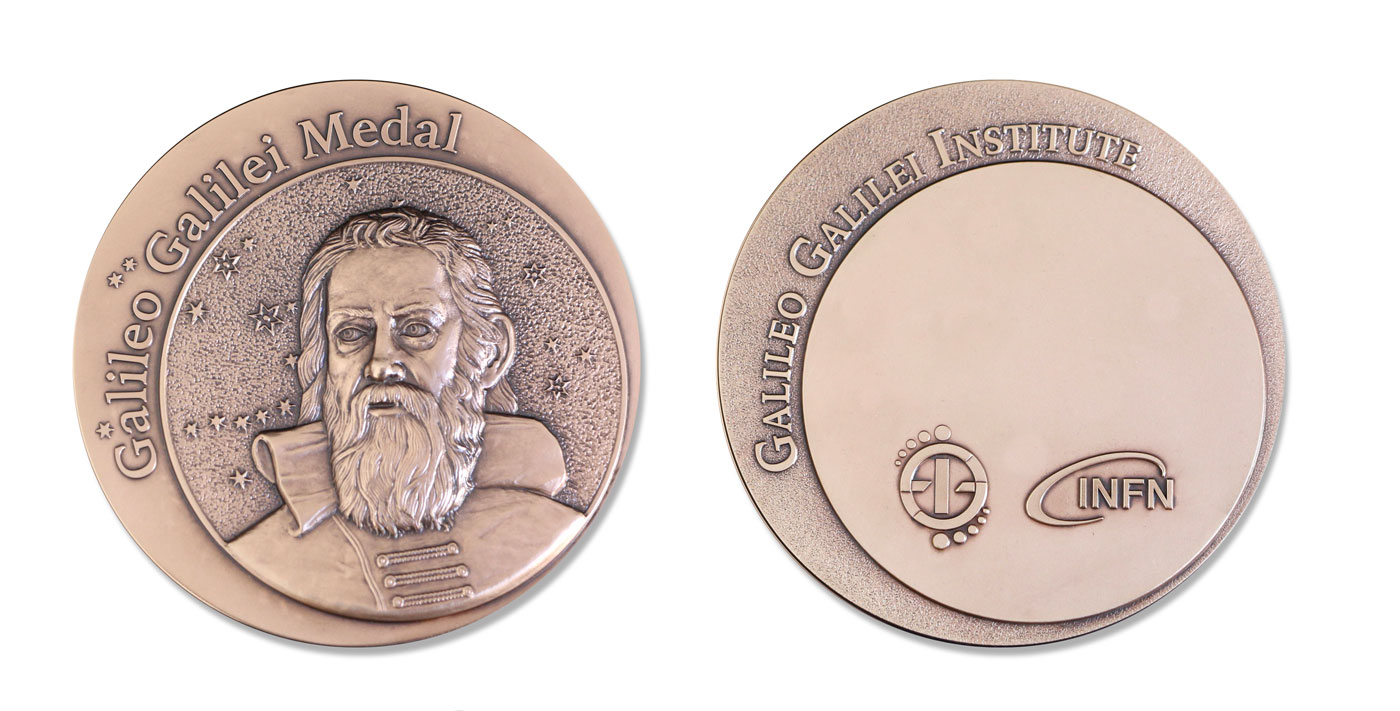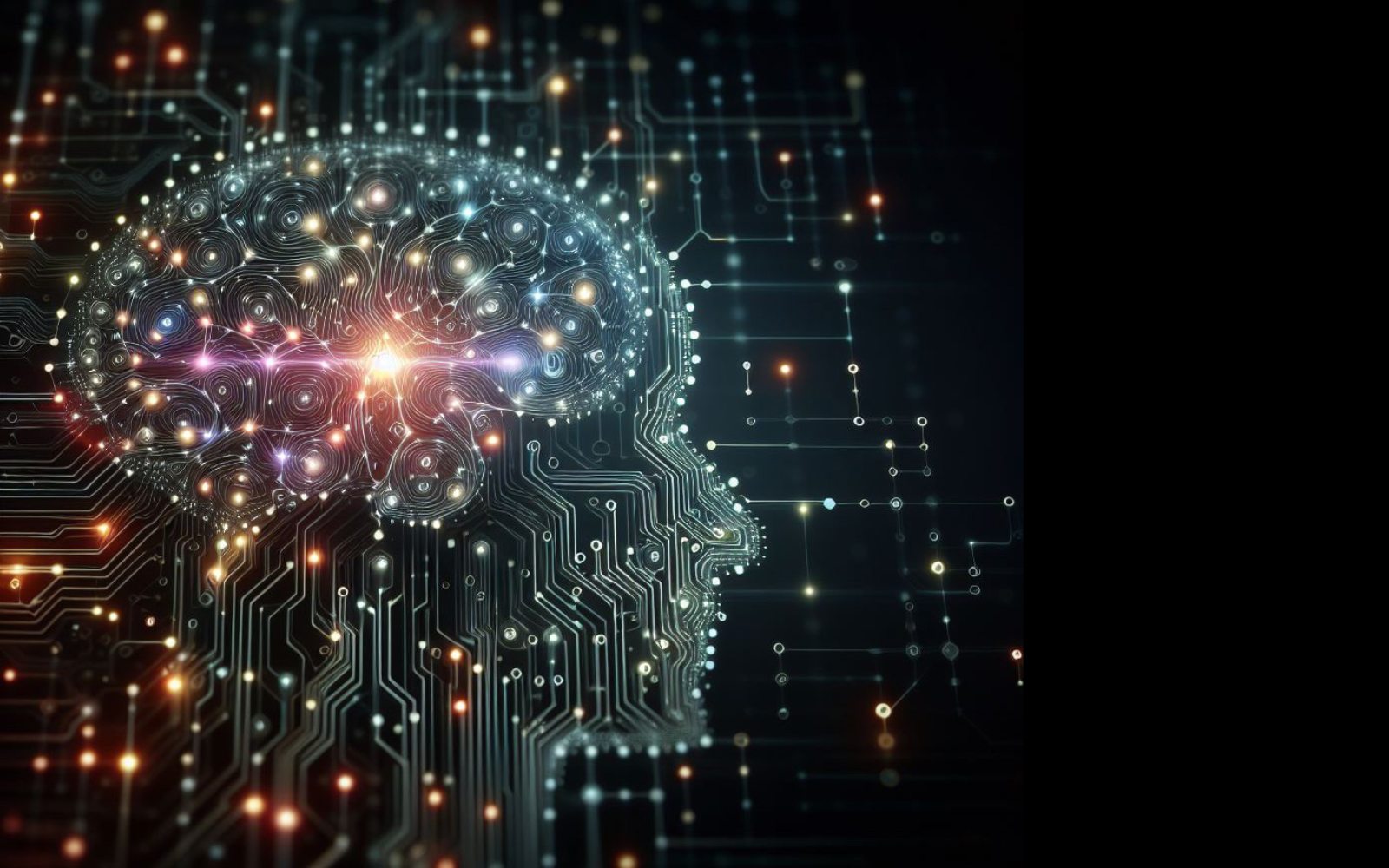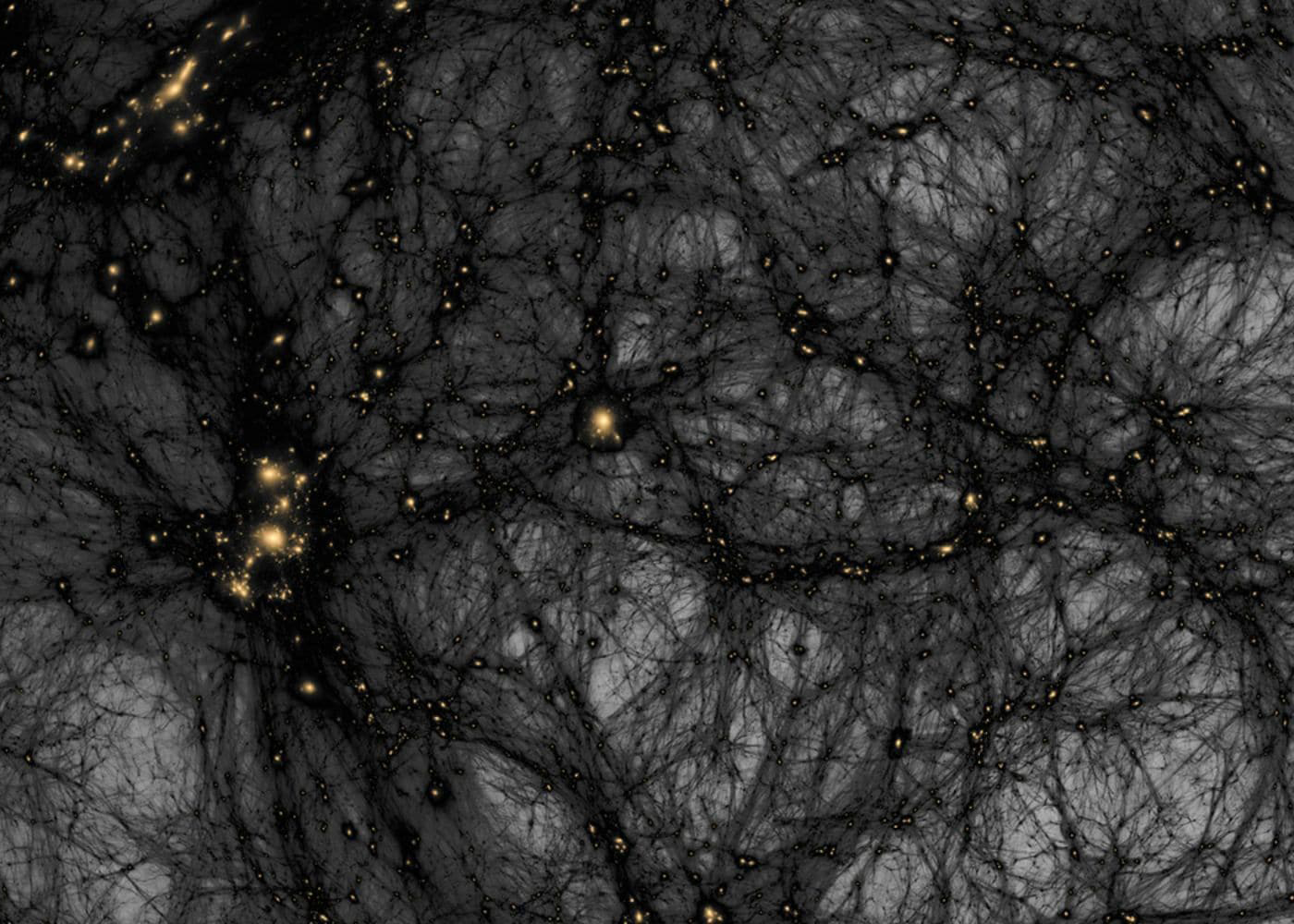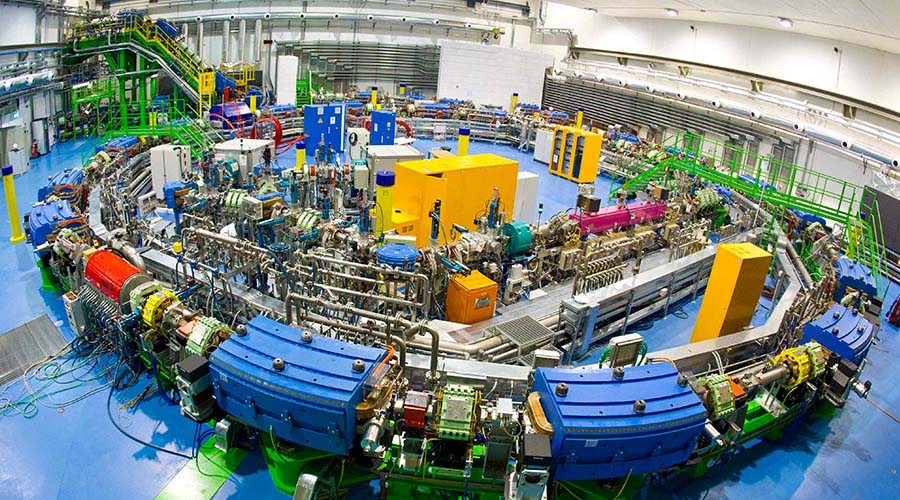In the brief article introducing the Standard Model, dated 1967, Steven Weinberg wrote: “Certainly, our model has too many arbitrary features for these predictions to be taken seriously.” In fact, many theoretical ideas developed during those years were incorporated into a realistic model: from the extended gauge theory of weak interactions (and later strong interactions), to spontaneous symmetry breaking and the Higgs mechanism, resulting in a number of completely new predictions, all of which at the time remained to be verified. Over time, each of these predictions has been experimentally confirmed. Today, thanks to the energy and precision of current experiments, such as those conducted at the LHC at CERN, no significant deviations from the Standard Model’s predictions are observed. Have we thus understood everything about fundamental physics? Or are we rather in a situation similar to that at the end of the 19th century, when all physics seemed to be understood before revolutions like relativity and quantum mechanics radically changed our way of interpreting reality?
It is very difficult to draw historical parallels or predict future developments, but what is certain is that many open questions remain—questions whose answers are not found within the Standard Model. For example: are neutrinos Dirac or Majorana fermions? Why do strong interactions seem not to distinguish between matter and antimatter? How can gravity, which is very weak at the energies we can reach, be integrated with the other fundamental forces? How can we explain the instability of the mass of the Higgs boson? Why do three families of particles exist that are similar but have different masses? How is the mass spectrum of fermions in the Standard Model generated—the elementary particles that make up matter? These are just some of the questions driving scientists around the world to search for new theories and new particles.
